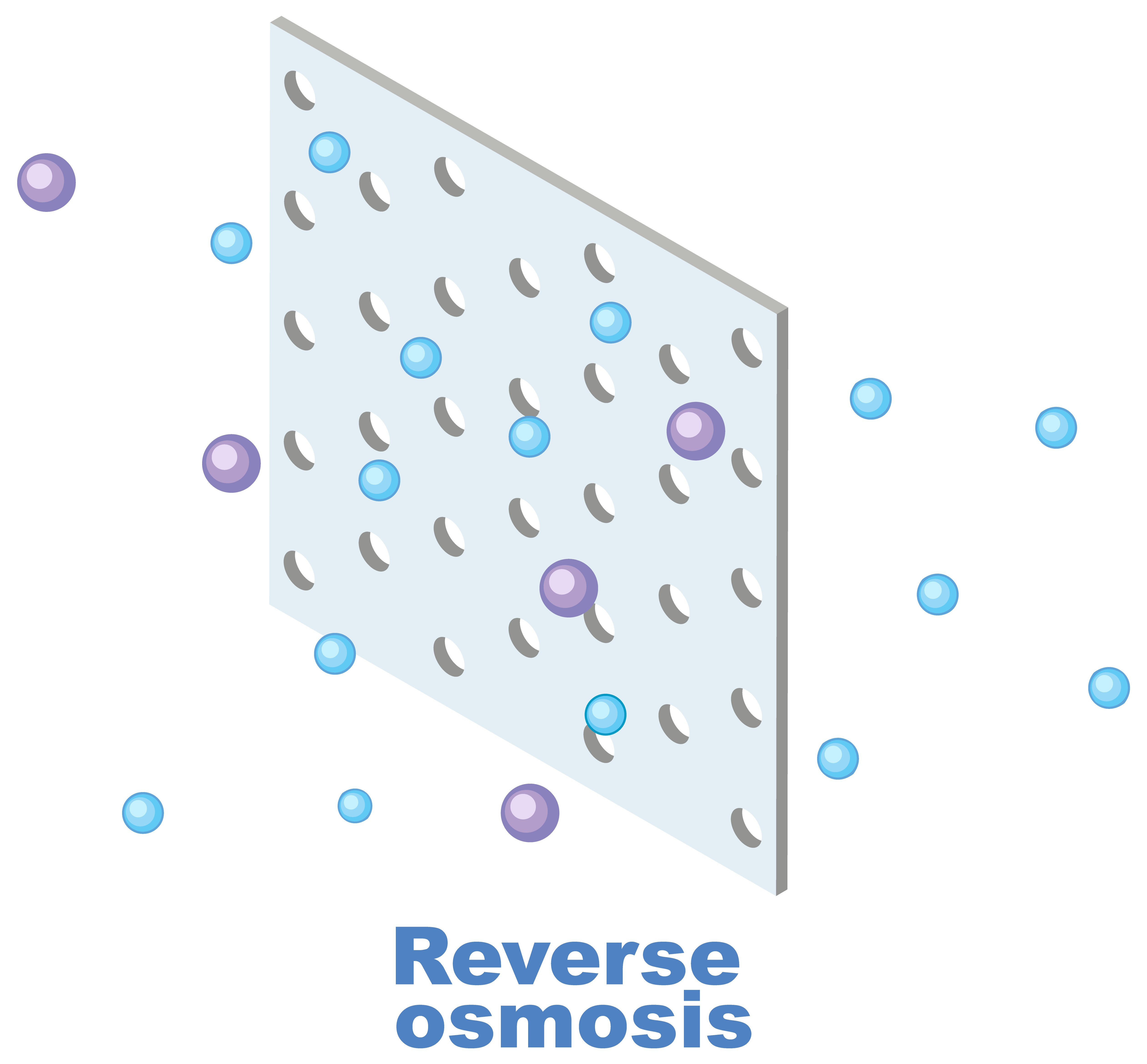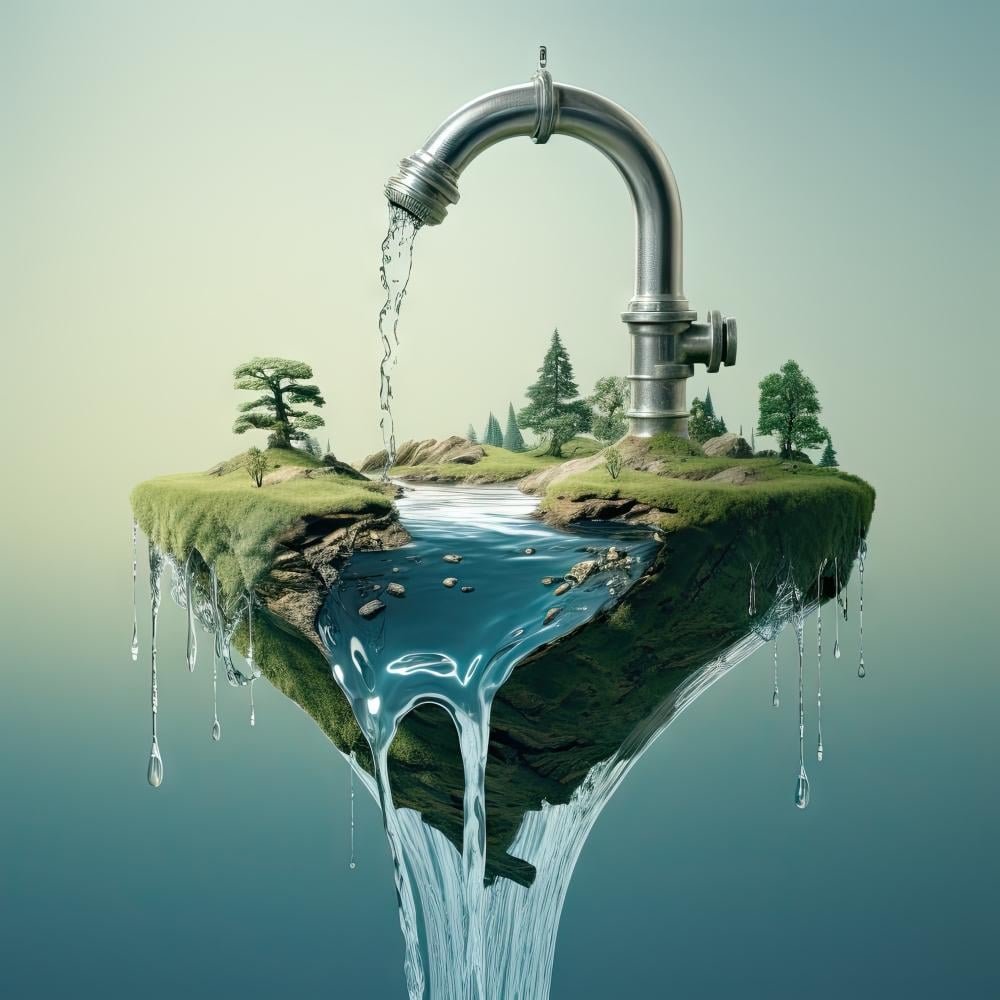Clean and safe drinking water is essential for maintaining good health. With growing concerns over water pollution and contaminants, having a reliable water purification system at home is more important than ever. One of the most effective methods for achieving pure water is through reverse osmosis (RO) water filtration. But what exactly is reverse osmosis, and why should you consider it for your home?
In this article, we will explore the benefits of reverse osmosis water filtration, understand the reverse osmosis meaning, and discuss how an RO system can improve the quality of your drinking water.
What is Reverse Osmosis?

Reverse osmosis is a water purification process that removes contaminants from water by using pressure to force water molecules through a semipermeable membrane. This membrane filters out impurities such as chemicals, bacteria, and dissolved salts, resulting in clean and safe drinking water.
Unlike other water filtration methods, reverse osmosis is highly effective in removing a wide range of contaminants, making it a popular choice for both residential and commercial water purification systems.
Key Benefits of Reverse Osmosis Water Filtration

1. Removes Contaminants and Impurities
One of the primary benefits of reverse osmosis water filtration is its ability to remove a wide range of contaminants and impurities from water. These can include:
- Heavy metals like lead, mercury, and arsenic
- Chlorine and other chemical contaminants
- Bacteria and viruses
- Dissolved salts and minerals
- Pesticides and herbicides
By removing these harmful substances, an RO system ensures that your drinking water is safe and pure.
2. Improves Taste and Odor
Another significant advantage of using a reverse osmosis water filter is the improvement in the taste and odor of your drinking water. Many contaminants, such as chlorine and dissolved minerals, can affect the taste and smell of water. By removing these impurities, an RO system provides you with fresh, clean, and great-tasting water.
3. Cost-Effective and Eco-Friendly
Investing in a reverse osmosis water purification system can save you money in the long run. While the initial cost of an RO system may be higher than other water filters, it is more cost-effective over time. You will no longer need to buy bottled water, which can be expensive and harmful to the environment.
Using an RO system reduces the need for single-use plastic bottles, making it an eco-friendly choice. By producing pure water at home, you can help reduce plastic waste and your carbon footprint.
4. Easy to Maintain
RO systems are relatively easy to maintain. Most systems require filter changes every 6 to 12 months, depending on the usage and the quality of your water source. Regular maintenance ensures that your system continues to function efficiently and provides you with clean water.
Additionally, many modern RO systems come with indicators that notify you when it's time to change the filters, making maintenance even more convenient.
How Does an RO System Work?

The Reverse Osmosis Process
Reverse osmosis works by applying pressure to force water through a semipermeable membrane. This membrane has tiny pores that allow only water molecules to pass through while blocking larger molecules like contaminants and impurities.
Here is a step-by-step breakdown of the reverse osmosis process:
- Pre-Filtration: Water first passes through a pre-filter to remove larger particles like sediment and chlorine. This step protects the RO membrane from damage and extends its lifespan.
- Reverse Osmosis Membrane: The pre-filtered water then moves through the semipermeable membrane, where most contaminants are removed. The purified water moves to the next stage, while the impurities are flushed away as wastewater.
- Post-Filtration: The purified water goes through a post-filter, usually activated carbon, to remove any remaining taste or odor impurities.
- Storage: The clean water is stored in a tank until it is needed. Most RO systems have a separate faucet for dispensing the purified water.
Types of RO Systems
There are various types of reverse osmosis systems available, each designed to meet different needs and preferences. Some common types include:
- Under-Sink RO Systems: These are installed under the kitchen sink and provide purified water through a dedicated faucet.
- Countertop RO Systems: These portable systems sit on the countertop and are ideal for renters or those with limited space.
- Whole House RO Systems: These systems purify water for the entire house, ensuring that all water sources, including showers and appliances, provide clean water.
Health Benefits of Drinking RO Water
Reduces Health Risks
Drinking water contaminated with harmful substances can pose significant health risks. Heavy metals, chemicals, and bacteria can lead to various health issues, including gastrointestinal problems, neurological disorders, and even certain cancers. By using a reverse osmosis water purifier, you can reduce these health risks and protect your family's well-being.
Supports Overall Health
Clean and pure water is essential for maintaining overall health. It helps in digestion, nutrient absorption, and detoxification. By providing your body with pure water, an RO system supports your overall health and well-being.
Conclusion
In summary, reverse osmosis water filtration offers numerous benefits, including the removal of contaminants and impurities, improved taste and odor, cost savings, and ease of maintenance. By investing in an RO system, you can ensure that your drinking water is safe, pure, and great-tasting.
Whether you choose an under-sink, countertop, or whole house system, a reverse osmosis water purifier is a smart choice for anyone looking to improve the quality of their drinking water. Make the switch to reverse osmosis today and enjoy the many health and environmental benefits it offers.

